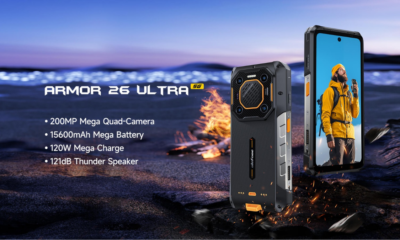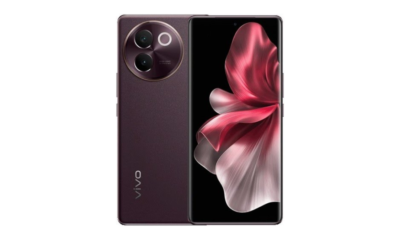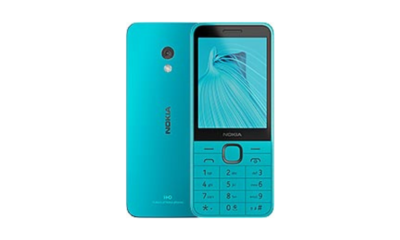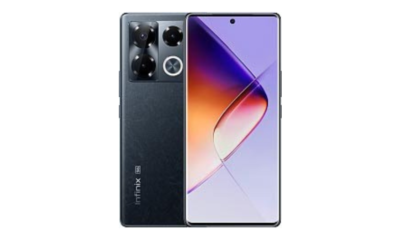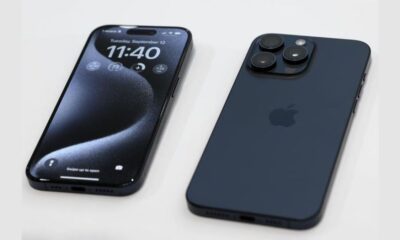Reviews
What You Should Know About Huawei Mate 60 Pro
Discover everything you need to know about the Huawei Mate 60 Pro – its features, performance, and why it’s the ultimate phone for you

The most recent ultra-premium flagship lineup from the Chinese company is the Huawei Mate 60 series. Although Huawei hasn’t had the best few years, the company has continued to introduce novel and occasionally very intriguing items to the market. The Huawei Mate series has long been revered for its cutting-edge features and exceptional performance. The Huawei Mate 60 Pro is no exception, and in this article, we will delve into everything you need to know about Huawei Mate 60 Pro. Explore its features, performance, and why it’s the phone for you.
Huawei Mate 60 Pro
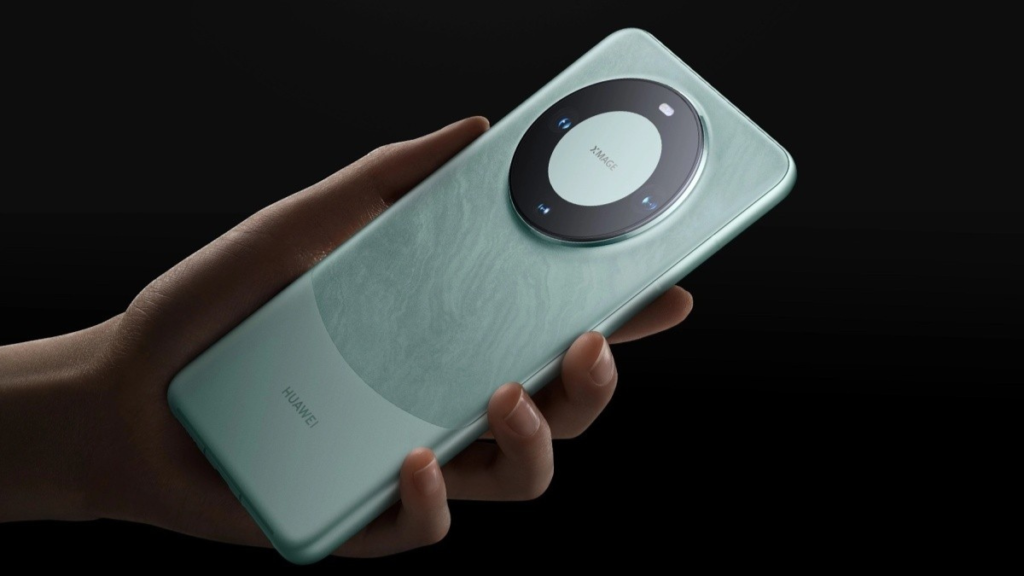
The Huawei Mate 60 Pro is more than just a smartphone; it’s a masterpiece of design and engineering. Let’s take a closer look at some of its key features:
1. Exquisite Design
The Mate 60 Pro boasts an exquisite design that combines glass and metal, resulting in a stunning and premium feel. With its curved edges and slim profile, it’s a true marvel to behold.
2. Outstanding Display
One of the standout features of the Mate 60 Pro is its display. It features a vibrant 6.82-inch OLED screen with a high resolution that offers vivid colours and sharp details. Whether you’re watching videos or playing games, this display won’t disappoint.
3. Capturing Life’s Moments with Precision
Huawei has always been known for its camera technology, and the Mate 60 Pro is no different. Photography enthusiasts will appreciate the triple-camera system on the Mate 60 Pro. With a 50MP primary lens, 48MP periscope telephoto lens, 12MP ultra-wide-angle lens, and a TOF 3D sensor, this phone ensures every shot is a masterpiece. Whether it’s low-light photography, zooming in on distant subjects, or capturing stunning landscapes, it captures stunning photos and videos in various lighting conditions.
4. Powerful Performance
One of the standout features of the Mate 60 Pro is its exceptional performance. Powered by Huawei’s the Kirin 9000E chipset, it delivers lightning-fast speeds and seamless multitasking. Whether you’re streaming high-definition content, gaming, or tackling productivity tasks, this phone effortlessly keeps up with your demands.
5. Long-Lasting Battery
Worried about running out of battery during the day? With a massive sizable Li-po 5000mAh battery capacity, the Mate 60 Pro keeps you connected all day. Whether it’s work, entertainment, or staying connected with loved ones, this phone’s battery life won’t let you down. Plus, it supports fast charging and wireless charging for added convenience, so you can quickly top up your battery when needed.
Why Choose the Mate 60 Pro
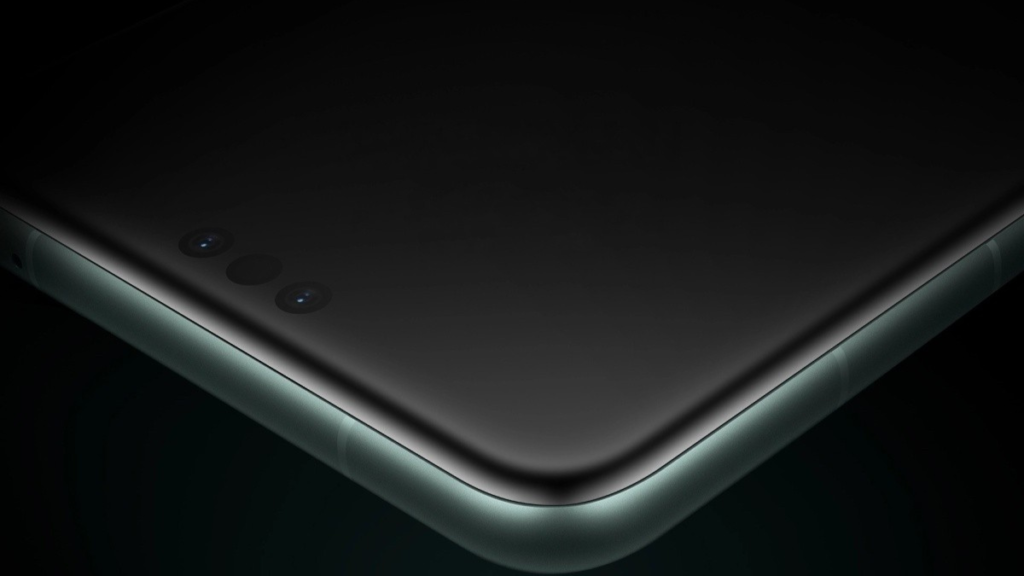
Now that we’ve covered the key features, let’s explore why the Huawei Mate 60 Pro stands out in the crowded smartphone market:
1. HarmonyOS Integration
The Mate 60 Pro runs on Huawei’s HarmonyOS 4.0, Huawei’s innovative operating system. It offers a seamless and intuitive user experience, with features like cross-device collaboration and smooth app transitions. You’ll find that your daily tasks are more efficient and enjoyable with HarmonyOS.
2. Security Features
Security is a top priority, and Huawei takes your security seriously. The Mate 60 Pro features advanced security measures, including facial recognition and an in-display fingerprint sensor, ensuring your data and privacy are safeguarded.
3. 5G Connectivity
Stay ahead of the curve with 5G connectivity. Enjoy faster download and streaming speeds, making your online experience smoother and more enjoyable.
4. AI Enhancements
Huawei’s AI technology enhances various aspects of the phone, from camera performance to system optimization, providing an intelligent and responsive user experience.
The Huawei Mate 60 Pro is a smartphone that truly impresses on all fronts. From its exquisite design to its powerful performance and advanced features, it’s a device that caters to the needs of the modern smartphone user. Whether you’re a photography enthusiast, a multitasker, or someone who simply appreciates premium craftsmanship, the Mate 60 Pro has something to offer.
FAQs
1. Is the Huawei Mate 60 Pro worth the investment?
Absolutely! With its top-notch features and performance, the Mate 60 Pro is a worthwhile investment for anyone looking for a high-end smartphone.
2. Does the Mate 60 Pro support wireless charging?
Yes, the Mate 60 Pro supports both wired and wireless charging for your convenience.
3. Can I expand the storage of the Mate 60 Pro?
The Mate 60 Pro offers nano memory as a storage option, To increase the onboard capacity, there is a shared SIM/Nano Memory slot that can accept up to 256GB cards.
4. How is the low-light camera performance of the Mate 60 Pro?
The Mate 60 Pro’s camera excels in low-light conditions, thanks to its advanced imaging technology.
5. Is the HarmonyOS user-friendly for beginners?
Yes, HarmonyOS is designed to be user-friendly and intuitive, making it suitable for both beginners and experienced users.
In conclusion, the Huawei Mate 60 Pro is a device that combines style, innovation, and performance in a single package. It’s a smartphone that not only meets but exceeds the expectations of users in search of the ultimate mobile experience.
Reviews
Armor 26 Ultra Unveiled with 15,600mAh battery
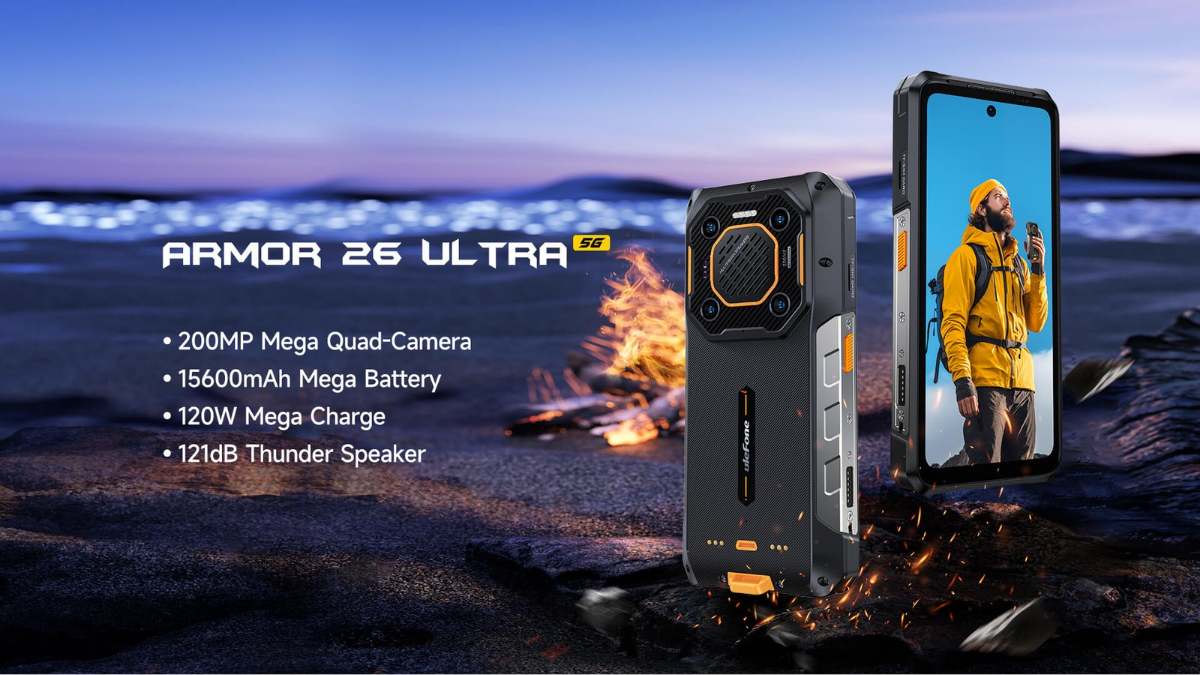
Ulefone has recently unveiled its latest flagship smartphone, the Armor 26 Ultra, promising to redefine the standards of rugged smartphone technology. With a plethora of features tailored to cater to the needs of adventurers and professionals alike, the Armor 26 Ultra stands out as a robust and versatile device.
Design and Durability
The Armor 26 Ultra boasts a rugged design, exuding durability and resilience. Measuring 179 x 83 x 25.5 mm and weighing 609 g, this device is built to withstand the harshest conditions. It is IP68/IP69K certified for dust and water resistance, capable of surviving submersion up to 2 meters for 30 minutes. Additionally, it meets MIL-STD-810H standards for drop and shock resistance, ensuring reliable performance even in challenging environments.
Display and Performance
Featuring a 6.78-inch IPS LCD display with a 120Hz refresh rate, the Armor 26 Ultra delivers smooth and immersive visuals. With a resolution of 1080 x 2460 pixels and Corning Gorilla Glass 5 protection, users can expect crisp and vibrant images, even in outdoor settings. Powered by the MediaTek Dimensity 8020 chipset and 12GB of RAM, this device offers seamless multitasking and lag-free performance.
Camera Capabilities
Equipped with a powerful quad-camera setup, including a 200 MP main camera, an 8 MP telephoto lens with 3.2x optical zoom, a 50 MP ultrawide lens, and a 64 MP infrared night vision camera, the Armor 26 Ultra ensures stunning photography in any lighting conditions. Whether capturing landscapes or detailed close-ups, users can expect exceptional clarity and detail in their images and videos.
Battery and Charging
One of the standout features of the Armor 26 Ultra is its massive 15,600mAh battery, providing unparalleled battery life. With support for 120W wired fast charging, 33W wireless charging, and reverse charging, users can stay powered up and connected throughout their adventures without interruption.
Connectivity and Features
The Armor 26 Ultra offers comprehensive connectivity options, including support for GSM, CDMA, HSPA, LTE, and 5G networks. With dual SIM capability and a dedicated microSDXC slot, users can expand their storage and stay connected wherever they go. Other notable features include a side-mounted fingerprint scanner, facial recognition technology, NFC, and an infrared port.
Price and Availability
The Ulefone Armor 26 Ultra is available for purchase at a price of $600. Both the standard and walkie-talkie variants can be ordered from Ulefone’s official store on AliExpress, with shipping starting on May 13, 2024.
In conclusion, the Ulefone Armor 26 Ultra sets a new standard for rugged smartphones, offering unparalleled durability, performance, and versatility. Whether you’re an outdoor enthusiast, a professional in challenging environments, or simply someone who values reliability in their mobile device, the Armor 26 Ultra is sure to exceed your expectations.
Reviews
Xiaomi Pad 6S Pro 12.4 Review

Xiaomi continues to push boundaries in the realm of technology with its latest release, the Xiaomi Pad 6S Pro 12.4. Announced on February 22, 2024, this cutting-edge tablet boasts an array of features that promise to elevate the user experience to new heights.
Design and Display
The Xiaomi Pad 6S Pro 12.4 showcases a sleek and sophisticated design, with dimensions measuring 278.7 x 191.6 x 6.3 mm and a weight of 590g. Its build includes a durable combination of Gorilla Glass 5 on the front, an aluminum frame, and an aluminum back. The device also offers stylus support, making it ideal for creative professionals and note-takers.
Featuring a stunning 12.4-inch IPS LCD display with 144Hz refresh rate, HDR10, and Dolby Vision support, the Xiaomi Pad 6S Pro delivers vibrant colors and immersive visuals. With a resolution of 2032 x 3048 pixels and a peak brightness of 900 nits, every detail comes to life with clarity and precision.
Performance and Hardware
Under the hood, the Xiaomi Pad 6S Pro is powered by the latest Android 14 operating system, coupled with HyperOS for seamless multitasking and enhanced performance. It houses the Qualcomm Snapdragon 8 Gen 2 chipset, built on a 4nm process, ensuring lightning-fast speed and efficiency.
Equipped with an octa-core CPU and Adreno 740 GPU, this tablet delivers exceptional performance for gaming, productivity, and multimedia tasks. Users can choose from multiple configurations, including options with up to 1TB of storage and 16GB of RAM, providing ample space for apps, games, and media files.
Camera and Audio
The Xiaomi Pad 6S Pro features a dual-camera setup on the rear, comprising a 50MP wide lens and a 2MP depth sensor, capable of capturing stunning images and videos in various lighting conditions. On the front, a 32MP wide selfie camera ensures crisp and clear video calls and selfies.
In the audio department, the tablet comes equipped with stereo speakers, delivering immersive sound quality for multimedia consumption. With support for 24-bit/192kHz Hi-Res audio and Hi-Res Wireless audio, users can enjoy an enhanced listening experience with rich, detailed sound.
Connectivity and Battery
Connectivity options on the Xiaomi Pad 6S Pro include Wi-Fi 802.11 a/b/g/n/a/6/7, Bluetooth 5.3, NFC for file transfer, and a USB Type-C 3.2 port for charging and data transfer. The tablet also features a side-mounted fingerprint sensor for added security and convenience.
One of the standout features of the Xiaomi Pad 6S Pro is its massive 10,000mAh battery, providing long-lasting power for extended usage sessions. With support for 120W wired charging, users can recharge their device quickly, with advertised charging times of 45% in just 10 minutes and 100% in 35 minutes.
Price and Availability
The Xiaomi Pad 6S Pro is available in a range of attractive colors, including Black, Blue, and Green, catering to different style preferences. With a price tag of approximately 700 EUR, this tablet offers exceptional value for money, combining premium design, powerful performance, and innovative features.
Reviews
Nokia 235 4G Review
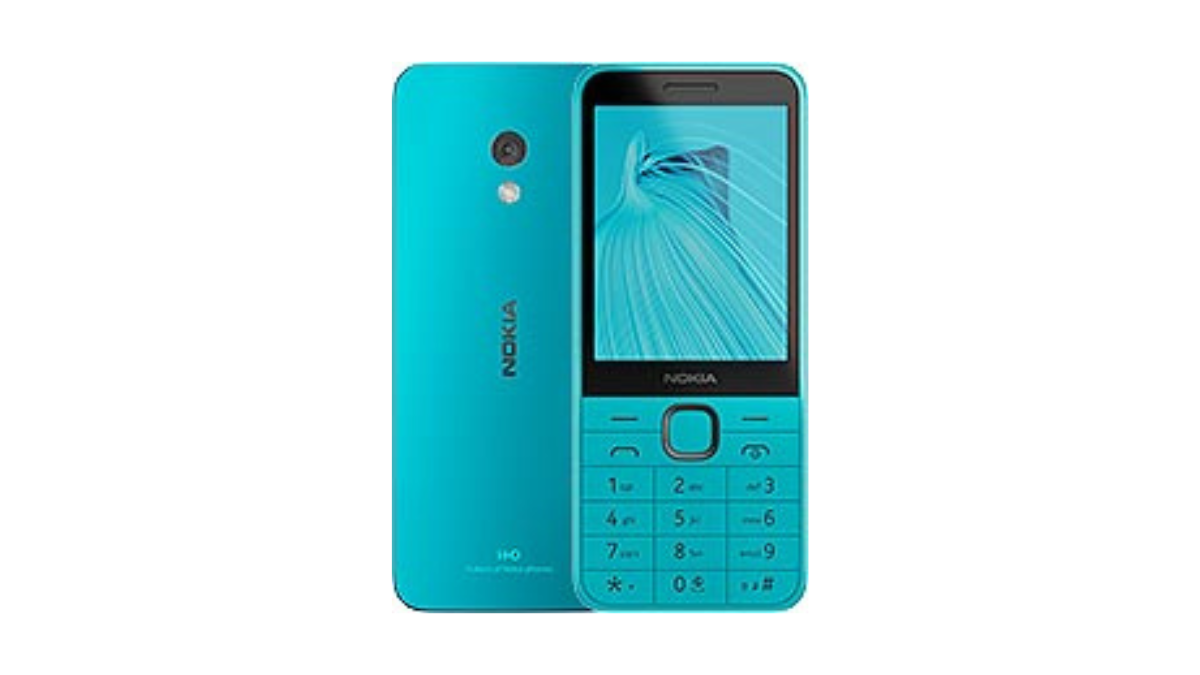
Nokia, a renowned name in the realm of mobile technology, has unveiled its latest offering, the Nokia 235 4G, set to hit the markets in May 2024. This compact device boasts a blend of simplicity and functionality, catering to users seeking reliability and affordability in their mobile experience.
Design and Display
The Nokia 235 4G sports a minimalist design with dimensions yet to be disclosed. Its dual SIM capability, supporting Nano-SIM cards on dual standby mode, ensures connectivity without compromise. The device features a 2.8-inch TFT LCD display, offering a modest resolution of 240 x 320 pixels and a 4:3 aspect ratio, yielding approximately 143 pixels per inch. While not pushing the boundaries of display technology, the Nokia 235 4G provides a sufficient viewing experience for its target audience.
Performance and Memory
Under the hood, the Nokia 235 4G is powered by the Unisoc T107 chipset, fabricated on a 22-nanometer process. Its 1.0 GHz Cortex-A7 CPU delivers adequate performance for everyday tasks, promising smooth operation. With a modest 64MB of RAM and 128MB of internal storage, expandable via microSDHC card slot, users can store essential apps, media, and files without constraints.
Camera and Audio
Equipped with a 2MP rear camera featuring an LED flash, the Nokia 235 4G enables users to capture moments on the go. While not designed for professional photography, this camera setup suffices for casual snapshots and basic imaging needs. Additionally, the device includes a loudspeaker and a 3.5mm audio jack, ensuring decent audio output for multimedia consumption and communication purposes.
Connectivity and Features
In terms of connectivity, the Nokia 235 4G lacks Wi-Fi capability but compensates with Bluetooth 5.0 support for seamless wireless communication. While devoid of advanced sensors and positioning features, the device supports essential functionalities such as SMS messaging and basic gaming. Users can also enjoy their favorite tunes via the built-in MP3 player and access cloud-based applications through the Cloud Apps portal.
Battery and Miscellaneous
Powering the Nokia 235 4G is a removable 1450mAh Li-Ion battery, offering adequate longevity for typical daily usage. Available in classic color options including Black, Blue, and Purple, the device presents a choice to match diverse preferences.
In summary, the Nokia 235 4G embodies Nokia’s commitment to delivering reliable mobile solutions tailored to the needs of budget-conscious consumers. With its modest specifications and emphasis on essential features, this device aims to provide a straightforward and dependable mobile experience without breaking the bank. While not groundbreaking in terms of innovation, the Nokia 235 4G serves as a viable option for users seeking a no-frills communication device with a touch of Nokia’s renowned durability and craftsmanship.
-
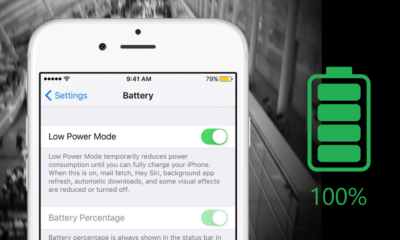
 How To8 months ago
How To8 months agoHow To Make Your Battery Last Longer On Your Gadget
-

 How To6 months ago
How To6 months agoHow To Use Voice Commands for Hands-Free Control.
-

 How To6 months ago
How To6 months agoHow To Unlock Your Smartphone If You Forget the PIN
-

 Reviews9 months ago
Reviews9 months agoSamsung Galaxy Watch 6 vs. Galaxy Watch 6 Classic: A Timeless Face-off!
-
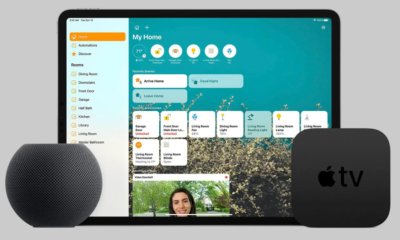
 Best Smart Home Gadgets7 months ago
Best Smart Home Gadgets7 months agoHow To Set Up a Smart Home: A Comprehensive Guide
-

 Tech News9 months ago
Tech News9 months agoGurman: Apple Watch Redesigned ‘Apple Watch X’
-
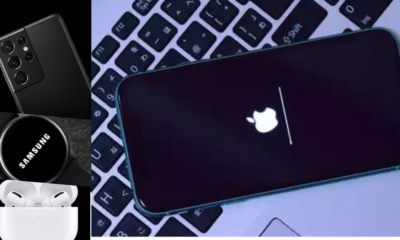
 How To6 months ago
How To6 months agoHow to Troubleshoot Common Gadget Problems
-

 Apps9 months ago
Apps9 months agoPhoto Magic: How To Use Quick Crop on iPhone Photos App iOS 17


